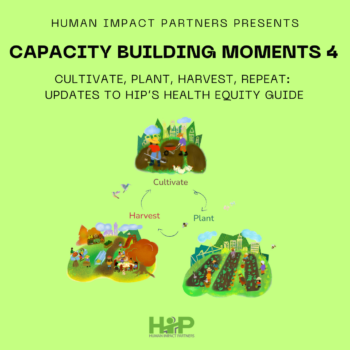| By Sara Satinsky |
The recently released Coming of Age in the Other America by Stefanie DeLuca, Susan Clampet-Lundquist, and Kathryn Edin asks the question: why do some kids in the poorest neighborhoods thrive and meet their potential despite overwhelming odds when others don’t?
As summarized in an excellently in-depth Atlantic article, which I am leaning on until I get my hands on a copy of the book, two separate factors stand out for those who thrive: their neighborhood or having an “identity project”, meaning a strong passion such as music, art, or a dream job. But there are important caveats to underscore. Living in a safer neighborhood or having an identity project can help, but either of these alone is not a 100% guarantee that a person meets his or her potential. According to authors, other factors can simultaneously pull down and overwhelm even promising students – things like the absence of a parent, living in overcrowded homes, or living in blighted neighborhoods. As The Atlantic article powerfully notes, “A journey from poverty to the middle class or beyond is a birthright of many of these kids, their shot at the American dream. But the research indicates they can’t just get there themselves. Like anybody, they need a little help.”
But what can that help look like?
Help comes in different forms and at different levels – but what is central is putting the emphasis on supporting people. For example, it comes at a policy level by society enacting incarceration policies that focus on uniting adolescents and parents rather than separating them. It comes at a resource level by investing in housing and public services for neighborhoods deeply and historically overlooked. And it comes at a personal level by providing individual support. One example of the latter is a promising program profiled in a two-part series in The New York Times. Thread is a Baltimore-based program that brings together teams of volunteers to support at-risk teenagers, through unconditional support 24 hours a day for 10 years, and by providing increased access to community resources.
Thread Program Model
(source: Thread.org)
But there’s a larger idea also at work here. A colleague of mine wisely suggested, “structural problems need structural solutions.” When we look at structural solutions, focusing separately on schools, family, policing – one of these alone is not enough. It’s too easy to fall through cracks if you focus on only one. This same concept came up at a staff meeting recently. Looking at an article on structural racism by Andrew Grant-Thomas and john a. powell, there is a metaphor borrowed from Iris M. Young who borrowed it from Marilyn Frye. (Still with me?) In talking about racism the article says the following – and I include the full excerpt because it’s important language:
“If we approach the problem of durable racial inequality one ‘bar’ at a time, it is hard to appreciate the fullness of the bird’s entrapment, much less formulate a suitable response to it. Explaining the bird’s inability to take flight requires that we recognize the connectedness of multiple bars, each reinforcing the rigidity of the others. In confronting racism we must similarly account for multiple, intersecting and often mutually reinforcing disadvantages, and develop corresponding response strategies.”
So in thinking about the work you do and the structural challenges you are working to confront, consider: how are you working on dismantling multiple bars on the birdcage, and not just one?





